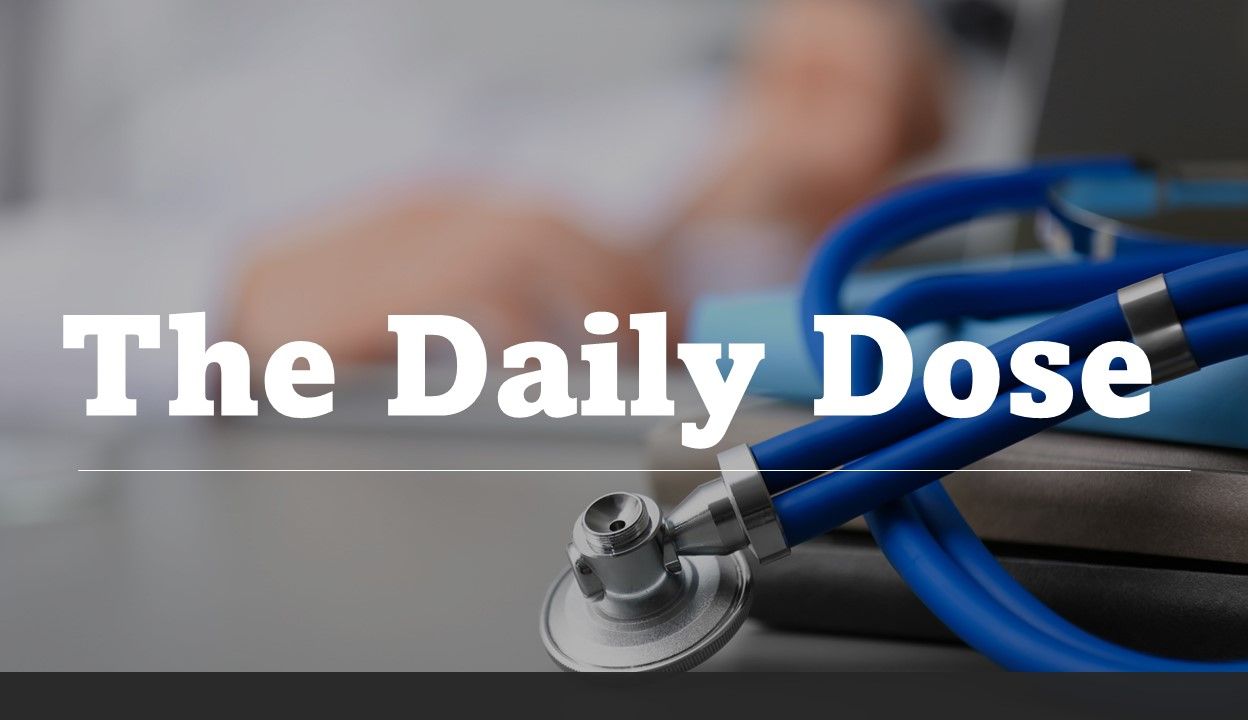Gabapentinoid Use Increasing in US: Daily Dose
©New Africa/AdobeStock

Patient Care brings primary care clinicians a lot of medical news every day—it’s easy to miss an important study. The Daily Dose provides a concise summary of one of the website's leading stories you may not have seen.
Last week, we reported on findings from a study published in Annals of Family Medicine that was an update to a 2015 report on gabapentinoid use in the US.
The study
Researchers evaluated data collected in the Medical Expenditure Panel Survey (MEPS) from 488 383 individuals aged ≥18 years. The MEPS is a nationally representative survey of noninstitutionalized US population and collects data on sociodemographic characteristics, medical conditions, and prescription medication use. For the current study, investigators used the cross-sectional (2002-2021) and longitudinal versions (2002-2020) of the MEPS.
The findings
Since the last publication, the proportion of the population reporting a gabapentinoid medication increased from 4.0% (95% CI 3.6-4.4) in 2015 to 4.7% (95% CI 4.4-5.1) in 2021.
The probability of gabapentinoid users increased for nearly all ages between 2002-2004 to 2019-2021.
Between 2018-2021, only 37.6% (95% CI, 35.6-39.8) of gabapentinoid users did not use any other medication for chronic pain.
Between 2017 to 2021, the medical conditions with the highest proportion of gabapentinoid use were musculoskeletal pain and diabetes, however, these conditions had lower odds ratios of use than other conditions such as polyneuropathies and fibromyalgia.
Authors' comment
"Gabapentinoid users continued to increase following our 2015 publication despite a dearth of evidence supporting use in many cases; while these clinical scenarios can be challenging, continuation should be reconsidered at regular intervals."
Newsletter
Enhance your clinical practice with the Patient Care newsletter, offering the latest evidence-based guidelines, diagnostic insights, and treatment strategies for primary care physicians.